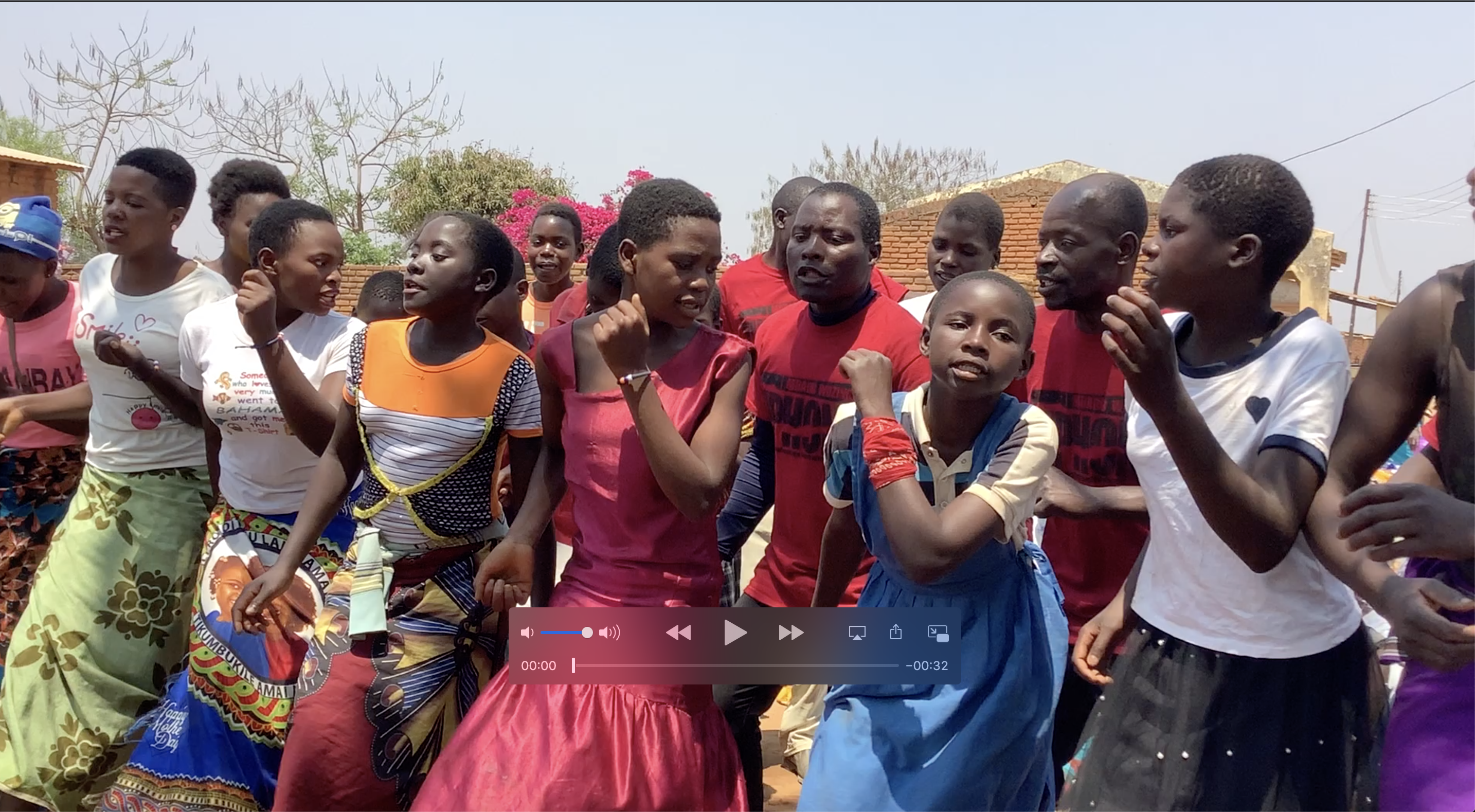Key Verse: Hebrews 7:15, 16 “And what we have said is even more clear if another priest like Melchizedek appears, one who has become a priest not on the basis of a regulation as to his ancestors but on the basis of the power of an indestructible life” (NIV).
Who was Melchizedek? There are only two references to him outside of the book of Hebrews (Gen.14:18; Ps.110:4). In the Genesis account, he appears in the context of a conflict between nine kings (four against five). The area of battle was Sodom and Gomorrah. The winners, under King Chedorlaomer of Elam, carried off the spoil of Sodom and Gomorrah, including Abram’s nephew Lot and his family. When Abram heard about it, he set out after Chedorlaomer with an army of 318 trained men. He pursued the king to the upper Galilee region and defeated him in the area of Dan. On the way back, Abram met the King of Salem, Melchizedek. Melchizedek blessed Abram, and Abram responded by giving him a tithe of all he had gained in defeating Chedorlaomer. In the Psalms reference, David, looking ahead to the rule of Messiah, sees him as “a priest forever, in the order of Melchizedek”.
Now, let’s attempt to trace the writer’s thinking in Hebrews about Melchizedek as he relates to Jesus. I use the verb “trace” because that’s something we can do, whereas understanding his thinking may be something else.
The writer speaks of Melchizedek as “without father or mother, without genealogy, without beginning of days or end of life…” (v.3). What is he telling us here? If he intends us to take it at face value, he’s telling us that Melchizedek is God (for only God has no parents, no genealogy, no beginning or ending). We can reject that interpretation outright. The only alternative is that Melchizedek is a mystery because there are no extant records of his history. And, as a mystery, he becomes an excellent figure or “type” of the greatest mister of history: Jesus Christ, the God/Man/King/Priest.
Because he’s writing to Hebrew believers, the author now attempts to help them over a major hurdle — the fact that this new “Priest” is not of the priestly tribe of Levi but of the tribe of Judah. In chapter six, he has already reviewed the promise (or covenant) God made to Abraham. He speaks of God’s oath, where He “swore by Himself”, that is, God “signed” the contract with His own Holy Name. These “two unchangeable things” (God’s promise, and God’s oath) are the basis for the hope which “anchors” the soul (vv.18-20). Jesus has become both the mediator and the personification of that hope — He has “entered the inner sanctuary behind the Curtin” and “has become a high priest forever, in the order of Melchizedek”.
The writer uses the typology of Melchizedek purposely. In Hebrew tradition, only those of the tribe of Levi had the calling and right of priesthood. But, when Abraham gave a tithe to Melchizedek, he was giving it to someone “who did not trace his descent from Levi” (87:6). Well, how could he? Levi hadn’t been born yet! That may be true, says the writer, but Levi was there in Abraham’s seed (v.10). That seems to b stretching it a bit; why go to such lengths? Only because in Hebrew religion any “perfection” that could be gained by the faithful had to be “attained through the Levitical priesthood” (v.11a). So any other route to perfection (as “if perfection could have been attained” — 11a) was seen as bogus, which meant that Jesus was an interloper.
Not so, says the writer, not if Jesus was like Melchizedek. Even Levi gave a time to Melchizedek (albeit rather indirectly — v.10). And what made Melchizedek special? He was someone whose right to ministers based not in genealogy but on the “pow3er of an indestructible life (v.16b). In the light of the resurrection, Jesus’ indestructibility is forever established. Whereas other priests die, Jesus “lives forever” and “has a permanent priesthood” (vv.23,24). “Therefore He is able to save completely” (v.25a) whereas “the former regulation is set aside because it was weak and useless (for the law made nothing perfect)” (v.18, 19).
In Jesus we have a better hop and a better covenant (v.22). He’s the best of priests — for “He always lives to intercede” for us (v.25b).

